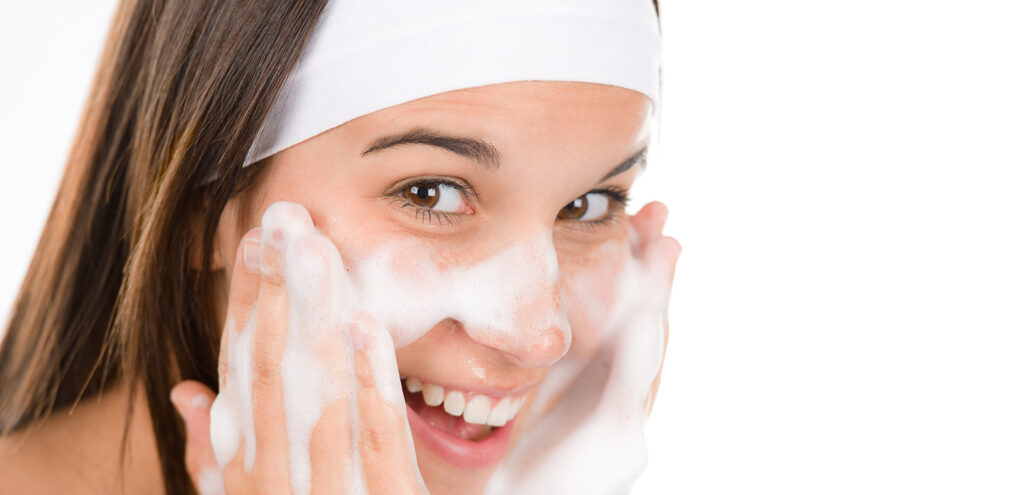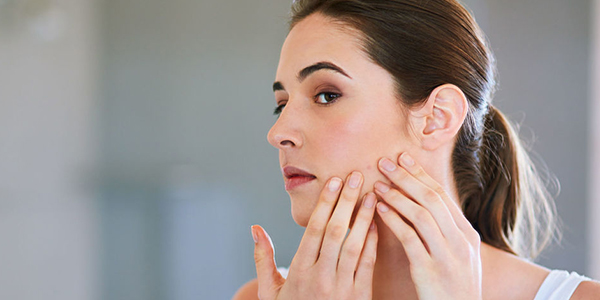Whilst one generally thinks of acne as being something that affects the skin on one’s face, many people also battle with breakouts and pimples on their back. ‘Bacne’ as these breakouts are called can be the cause of great concern and embarrassment.
Experts say that while 92 percent of people with acne have facial acne, 60 percent have back acne and even chest acne.
Just like your face, your back, has numerous sebaceous glands that secrete sebum. Along with dead skin cells and bacteria, Sebum can build up in the hair follicles on your back and clog them. A clogged follicle eventually breaks down and forms an acne lesion.
There are various types of back acne:
- Whiteheads are also known as closed comedones. These develop when a plugged follicle stays closed and underneath your skin, forming a white bump.
- Blackheads are when a plugged follicle is located on the surface of your skin and is open, it forms a blackhead. The black-tip appearance of blackheads is due to a reaction between sebum and the air and not because of dirt.
- Papules are acne lesions that appear as small pink bumps on your skin and are sometimes tender.
- Pustules are what is commonly identified as a pimple. This is a white or yellow pus-filled papule with a reddened base.
- Nodules occur when an acne lesion develops deep below the surface of the skin. These can be hard and form a large, painful nodule.
- Cysts are larger, pus-filled acne lesions that are very painful and can scar the skin.
How to prevent ‘bacne’
It is often quite difficult to control back acne, because the main factors — hormonal fluctuations and genetics — are out of your control, however there are a few ways you reduce the severity.
- Some drugs, including androgens (male hormones) and lithium, are known to increase your chances of developing acne.
- Limiting your use of oil-based skin care products. Try not to use moisturisers, cosmetics, sunscreens, and any other oily products on your back, because they can lead to back acne flare-ups. Also, look for products labelled non-comedogenic, meaning that they don’t promote blackheads.
- Try and eliminate undue pressure on your back – if you carry a backpack or wear sports equipment, like shoulder pads, that places pressure on your back, try not wearing it for a while or, alternatively, wear a clean cotton T-shirt under it. Prolonged pressure and friction from these objects on your back can trigger certain types of back acne breakouts, called acne mechanica.
Treating Back Acne
- Use good quality skin care products which are designed to treat acne and breakouts. These products usually contain ingredients such as salicylic acid, retinol and/or niacinamide.
- Keep your skin clean by washing affected areas regularly. Take a shower after you exercise, keep hair clean and avoid squeezing or picking back acne lesions. One should also avoid prolonged exposure to the sun.
If breakouts persist or worsen then it is probably best to see a dermatologist or skin care specialist as prescribed medication may be needed.
Celltone’s Spot Control range contains a powerful combination of ingredients
which are effectively help reduce break outs common to problem skin.
For more information go to www.celltone.co.za.


